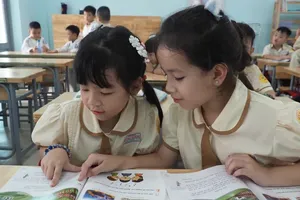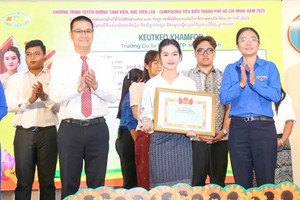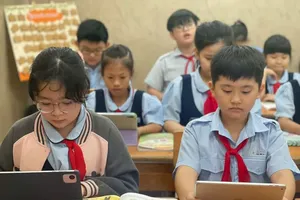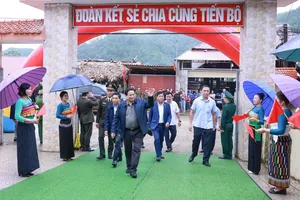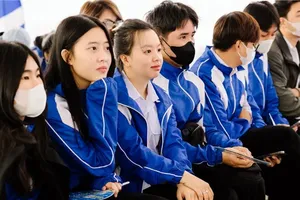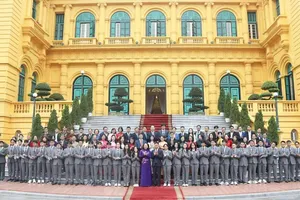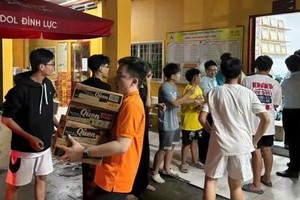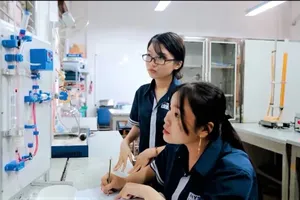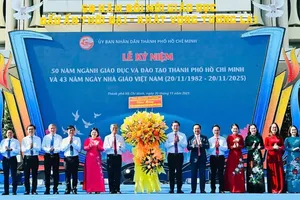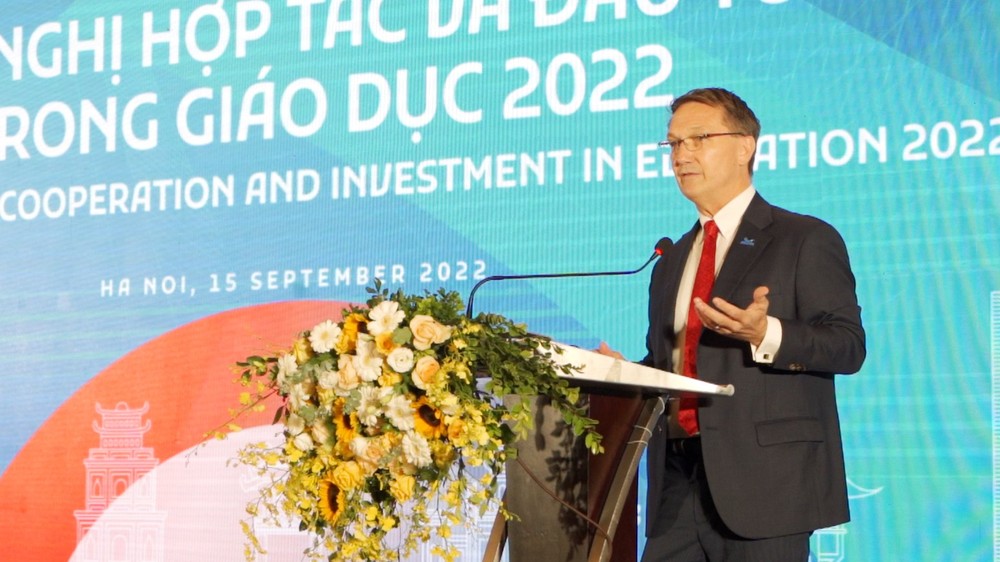 Mr. Barry Sutherland speaks at the conference
Mr. Barry Sutherland speaks at the conference
The Ministry of Education and Training today held a conference on cooperation and investment in Education 2022. At the conference, many investors in the education sector said that the potential for education investment in Vietnam is enormous, but businesses often have difficulties in carrying out complicated investment procedures.
Speaking at the conference, Deputy Minister of Education and Training Associate Professor Nguyen Van Phuc said that Vietnam currently has more than 400 international training programs being taught at 44 higher education institutions which include five foreign-invested higher education institutions.
Over 170 foreign-invested preschools and high schools have been established in the country. More than 200 foreign-invested short-term training and retraining institutions have helped to improve foreign languages and informatics for pupils, students, officials, Vietnamese businesses and employees, contributing to the attraction of foreign investment into Vietnam.
In fact, Vietnam's policy on cooperation and investment in education has been improved to create attractiveness for investment in education and training. Typically, American International School Vietnam (AISVN) was built according to international standards on an area of 7 hectares in Ho Chi Minh City’s Nha Be District with a total investment value of VND5,022 billion (over US$212 million).
Mr. Barry Sutherland, the school's principal said that established in 2006, AISVN receives primary students to 12th graders. Besides modernized equipped classrooms, there are also sports areas and outdoor stadium of more than 20,000 square meters and three indoor multi-purpose sports areas of 5,000 square meters, an indoor swimming pool, two library areas covering 2,700 square meters with 50,000 books and electronic resources, music, drama, dance, art areas.
According to the Ministry of Planning and Investment’s latest statistics, up to now, Vietnam has attracted 605 foreign investment cooperation projects in the field of education with a total investment capital of over $4.57 billion. However, most of the projects are mainly located in two big cities, Hanoi and Ho Chi Minh City, accounting for 91.23 percent of the total registered capital.
Specifically, in Ho Chi Minh City, there are 250 projects with a total investment of nearly $4 billion accounting for 86 percent of the total investment capital while the capital city of Hanoi lures 239 projects, accounting for 5.14 percent of total investment capital and the Central City of Da Nang attracts 30 projects.
Mr. Nguyen Tien Dung, Deputy Director of the Department of International Cooperation under the Ministry of Education and Training emphasized that the above investment attraction ratio is still far from the target of 16 percent of the number of non-public educational institutions in Vietnam by 2025 set by the Government.
Therefore, at the conference, representatives from the Northern Province of Quang Ninh and the Central City of Da Nang also proposed many preferential policies on land area, support policies on taxes, fees, and reforms of administrative procedures to create favorable conditions for education organizations to invest.
At the conference, many other educational investment organizations suggested that provinces as well as the Ministry of Education and Training should have mechanisms and policies, create favorable conditions for an open environment, and reserve land for education in order to attract investment in education. In addition, the local administration should make a list of investment projects in education according to the investment needs of each locality so that investors can consider which is most suitable for their ability.
Along with that, local authorities should simplify administrative procedures in granting investment registration certificates and licensing educational activities, and maximize the operation of non-public educational institutions operating in Vietnam’s localities with the aim to seduce potential investors.
